The prototype. The NYC’s steam fleet included 600 Mohawks (4-8-2s were “Mountains” on other roads, but not on the Water Level Route!) in four classes. Those in class L-1 (185) and L-2 (300) built between 1916 and 1929 were freight locomotives. After successful 1939 tests of two modified L-2s in passenger service, NYC ordered 65 new 4-8-2s (class L-3) from the American Locomotive Co. and Lima between 1940 and 1942 to use as dual-service engines (freight and passenger). The class L-3 locomotives had 69″ drivers but the axles were spaced to accommodate 72″ drivers. The last order for 50 dual-service Mohawks (class L-4) from Lima were delivered between 1942 and 1944 and had 72″ drivers. All late Mohawks look similar, and all delivered about 3,800 drawbar hp at 48 mph and had a maximum speed of 80 mph.
Within these classes are many variations, including feedwater heater type. The NYC added smoke lifters to L-3 and L-4 Mohawks starting in 1944. Freight engines had solid bearings on the driving axles and footboard pilots; dual-service locomotives had roller bearings and passenger pilots. Ten L-3 Mohawks had Union Web Spoke drivers, but the rest had Boxpoks. Some L-4 locomotives had Scullin disk drivers, and some Mohawks had mixed sets. All the locomotives had Baker valve gear.
All locomotives had a cover over the piping in front of the cab, but some covers extended to the running board and some did not. The shrouds on the pilot varied. It’s difficult to specify the exact combination of parts on a particular Mohawk without a dated photo.
The late Mohawks hauled freight and passenger trains into the mid-1950s. The Mohawks were retired in 1957, but most reports give 1956 as their last year of active service.
Model construction. All versions of the MTH Mohawk locomotive have die-cast metal boilers and chassis with plastic and metal detail parts. The drivers have metal centers and rims. All drivers are flanged, and the inner sets of drivers can move side to side. The gearbox is on the third axle. The drivers and rods are cleanly cast and the rod finish is excellent. However, the drivers would look more realistic if the axle ends were painted.
Similarly, the engineering plastic lead and trailing trucks are cleanly molded but would look better if painted, as would the axles on the lead trucks. The lead truck is moved forward a few inches compared with the prototype to allow for operation on model curves, but the mechanism looks good, the drivers are on the correct centers, and the brake shoes are mounted in the same plane as the wheel treads. Pickup is via the drivers but not the lead or trailing trucks. A long-shank plastic knuckle coupler is mounted in a small box on the pilot. Finger-style springs center the coupler, but they are visible from the front.
Our review sample depicted an NYC L-3a. The boiler matches prototype drawings in the Locomotive Cyclopedia Vol. 1: Steam Locomotives and the casting is smooth and crisply detailed. The cast running boards have a tread pattern molded into the top. The cab is a highlight, with flush-mounted windows, interior lighting, painted backhead, and painted figures. The drawbar is cleverly designed, with two wires that contact the pin on the tender. There is no wiring harness connecting locomotive and tender. Spacing between the locomotive and tender is longer than prototypical.
The tender features die-cast metal construction with unpainted plastic trucks. Some details are molded in and others are separate plastic or metal parts. The tender features one of the best-looking coal piles I’ve seen.
The control and sound system is housed inside the tender with a master volume control and smoke unit on/off switch under the tender’s water hatch. All 12 tender wheels pick up electricity via wipers on the axles. One downward-facing speaker is mounted in the tender floor and a coupler box is mounted at the rear.
MTH has placed a priority on quality sound and reliable electrical pickup. The compromise is that the 14-ounce tender places a load on the engine equal to several cars.
Our sample came decorated in the Central’s post-1940 livery and matches prototype photos. All lettering on the cab and tender is opaque and crisply printed.
Drivetrain. The mechanism features a Canon motor with flywheel, a dogbone-style driveshaft, and a gearbox mounted on the third axle. It ran smoothly and maintained a steady speed even at low throttle settings. We also tested the locomotive with the sound off, and though there was some mechanical whine at high throttle settings, the motor and gearbox were virtually silent at slow speeds.
The third set of drivers has traction tires installed. The MTH Mohawk has an impressive drawbar pull equivalent to 153 HO scale freight cars (or 55 HO passenger cars) on straight and level track.
Lights, sounds, and smoke came on at 6.5 volts. At 8 volts, the model crept at 1.5 scale mph. At 12 volts the model ran at 25 scale mph.
Modelers can use a higher voltage power pack to run the Mohawk at higher speeds but should note that voltages above 12VDC can damage lightbulbs and motors in some equipment.
I tested the model in DCC using an NCE Corp. PowerCab. The model operates best using 128 speed steps. The 4-8-2 started moving in speed step 1 at 1.5 scale mph and accelerated to 85 scale mph, very close to the prototype’s 80 mph top speed.
Using an MTH DCS Commander, I adjusted the locomotive’s speed in 1 scale mph increments to a top speed of 85 scale mph.
We tested three Mohawks. After performance tests, including the strenuous drawbar pull and stall tests, followed by a few days of regular operation, the drive shafts of two locomotives slipped within press-fit couplings, rendering the models inoperative. A third Mohawk continues to operate properly, and we repaired one of the slipping drive shafts with cyanoacrylate adhesive (CA).
As of this writing, MTH received only three other Mohawk drive-shaft complaints, but asks that hobbyists with concerns contact its service department directly. MTH will glue the connection on future locomotives.
When using DCC or DCS more effects are available. The model has 29 functions, including the whistle, bell, overall volume level, and passenger service arrival and departure announcements.
The model has only 10 programmable configuration variables, which limits the user’s ability to fine tune features.
You can also use the DCS controller’s thumbwheel to quill the whistle, varying its pitch. The whistle sounds like prototype recordings that I’ve heard.
The MTH Mohawk is a handsome and accurately dimensioned locomotive that offers a wide range of features, including well-reproduced sounds and puffing smoke. Steam fans, especially New York Central steam fans, will enjoy it. – Terry Thompson, publisher, with Dana Kawala, associate editor
Price: $449.95
Manufacturer
MTH Electric Trains
7020 Columbia Gateway Dr.
Columbia, MD 21046-1532
www.mthhotrains.com
Description: Die-cast metal sound-equipped locomotive
Road numbers/classes: New York Central no. 3006 (L-3a), NYC no. 037 (L-3b), NYC no. 3064 (L-3c), NYC no. 3117 (L-4a), NYC no. 3125 (L-4b with smoke deflectors)
Automatically switches between DC, Digital Command Control (DCC), or Digital Command System (DCS) modes
Constant-voltage headlight
Drawbar pull: 10.9 ounces
Engine and tender weight:
2 pounds 1 ounce
Fan-driven smoke unit
Front and rear scale-size magnetic knuckle couplers at correct height
Five-pole skew-wound motor with brass flywheel
Minimum radius: 22″
MTH Proto-Sound 3.0 system operates in DC, DCC, or DCS
NMRA RP-25 contour metal wheels in gauge
Painted engineer and fireman figures
Sprung drivers
User-installed drivers without traction tires





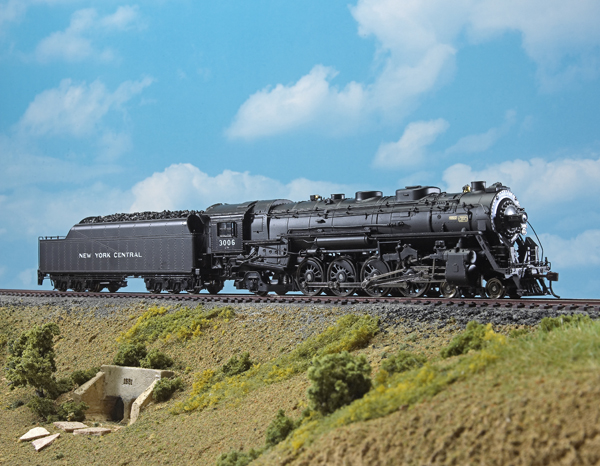
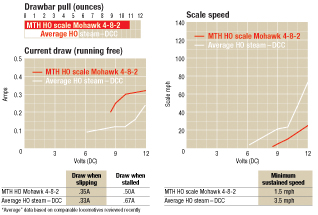
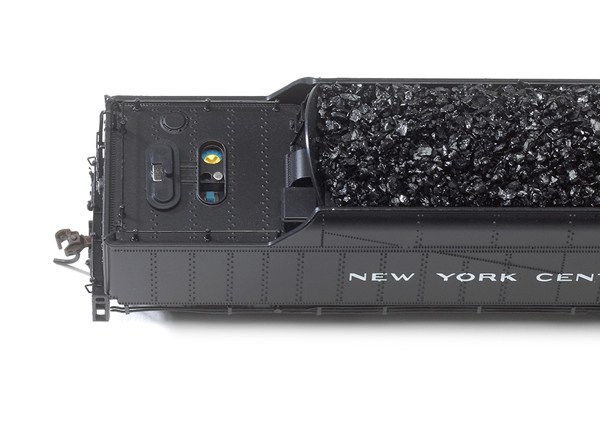

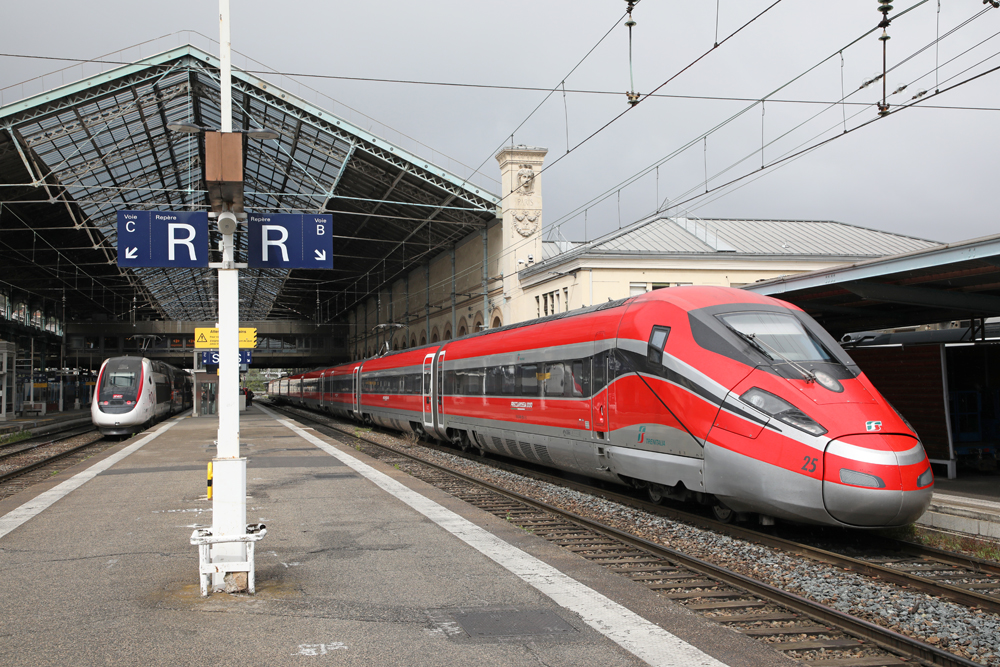
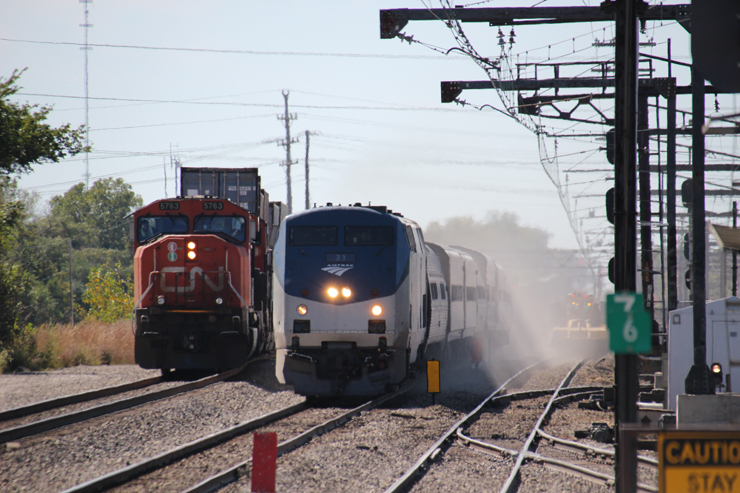
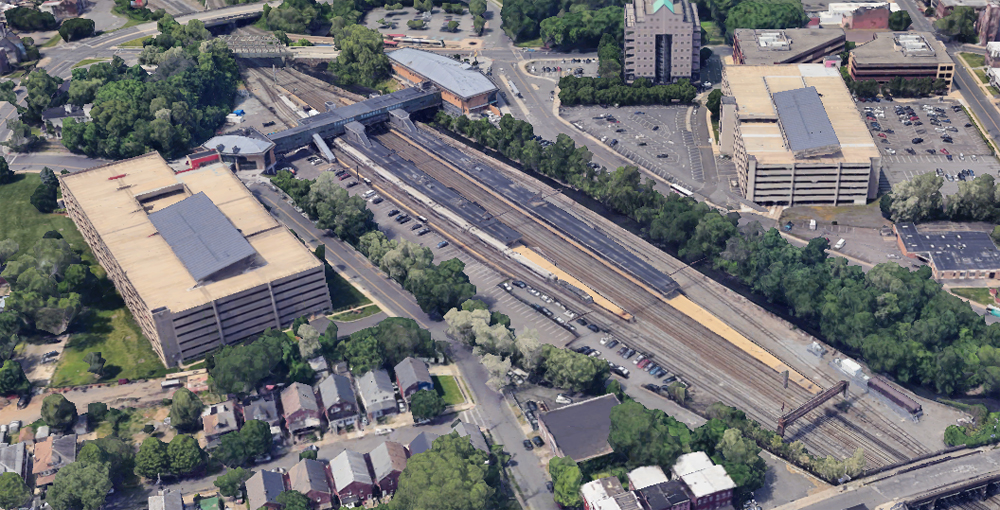
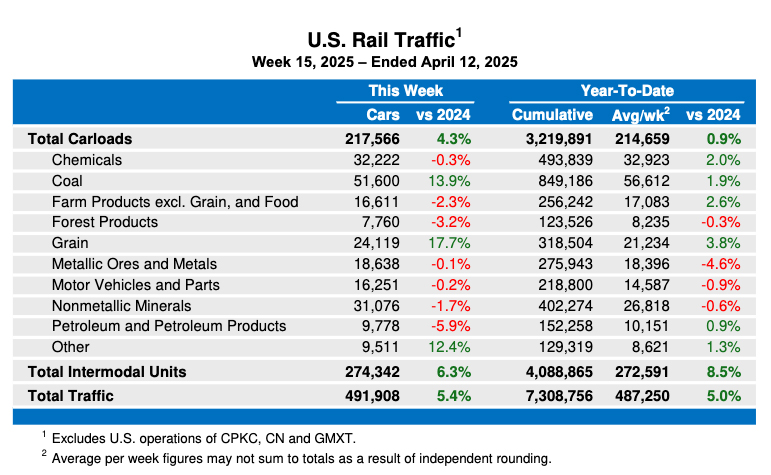




My Mohawk, the model reviewed in the article coudn’t pull the top off a rice pudding as we say in the UK. It’s useless as far as pulling power goes. Two/three NYC heavyweights and then it runs out of puff. Anyone know where I can get the more sticky traction tyres??? I live near Manchester, England so no handy MTH dealer nearby but a dealer contact in US from someone would be very helpful. Not tried cutting the spring on the rear bogie but may be worth a shot. Traction couldn’t get any worse. Maybe the model is under-powered?
And does anyone know where I can get an exploded view of the engine showing parts and part numbers? Nothing on the MTH website. I e-mailed asking about it and they didn’t bother to answer! Poor customer service.
Thanks in advance…
I have had one for over a year and never ad any problem with the drive shaft slipping. I love the Proto 3 sounds.
The external details on this model are exquisite and the sounds and smoke are outstanding. MYH makes the best HO trains bar none.
Great to see MTH and others (Walthers for example) bringing out some really terrific NYC items. I'm hoping MTH will consider some of the smaller NYC steam engines for future release. The level of realism they've packed into their line (sound, smoke, details, etc.) goes way beyond anything I ever dreamed of when I began in HO back in the 1950s.
This is a great model! Only two constructive criticisms (that I have already shared w/ MTH): Distance between engine & tender is too large. Recommendation: Have several tender recepacles in the drawbar for closerer coupling.
Engine does not pull well up an incline (eg. can't handle more than three Walther's heavy weight pass. cars up a 2% incline). Recommendation: Replace current traction tire w/ that which has a "tackier" surface, thereby increasing traction & pulling power.
Mine failed after about 3 weeks of daily use. Same driveshaft problem as the others,but I returned mine to the retailer for a full refund. I was very disappointed that a unit in this price range failed so quickly.
I would like to see a NYC Hudson
I HAVEN'T PURCHASED ONE YUT BUT I PROBABLY WILL BASED ON WHAT I'VE SEEN AND READ. THANKS.
I always love to see the steamers from mth. I think mth offers great features for a good value, although i would like to see "blank" locos from mth. (no features) they would look identical to their sound and smoke cousins, only feature-less and more affordable. but i still love the current mth models.
The pictures of this model look excellent! The features and components applied to the model seem above the average as well. I am glad to see MTH is sticking with Die Cast bodies and many metal details that will hold up much better than the usual plastic. The price for the quality built in to this model is very good as well. I hope to own one of these fine MTH steamers soon. I agree with others that multiple holes in the drawbar to close the tender gap would be an excellent improvement. I have an old Rivarossi steamer that has this feature and I always use the hole closer to the engine.
Unit looks impressive, nice details, sounds nice and has very incredible pulling power, hopefully they can overcome the mechanical problem. Other than that , good job!, and I look forward to seeing it.
I have the L-4b and it is a great model. Traction does not seem to be a problem. I have it pulling a 16 car passenger train and it does it easily. My MTH GS-4 initially could not do that. I traced the problem to a too strong spring on the trailing truck which caused the traction tired drivers to only lightly contact the rail. I cut the spring in half and everything was fine thereafter. The spring on the L-4b trailing truck seems very strong but I have not had a traction problem with it. Perhaps the rear of the L-4b is heavier than on the GS-4. I too agree that a second drawbar hole would be welcome, and I would like it if the bell could be sounded at the same time as coupler slack. That way you could sound the bell before moving and still hear the slack let out when the engine starts to move. As it is now you have to let the slack sound and then sound the bell.
Add one more to those with the "slipping driveshaft problem". Mine refused to move right out of the box and was returned to MTH for repair. We'll see what happens.
I'm assuming that the Mohawk features essentially the same engineering as the recently released Daylight 4-8-4 and reading the reviews it seems to have a few of the same problems. When I got my Daylight it seemed sluggish out of the box, slow and lacking in pulling power. An MTH rep asked what powerpack I was using. It was a MRC Control Master 20 paired with an Aristocraft radio throttle. He recommended that I eliminate the radio throttle ( I run straight DC ). Instead I switched to the G scale setting on the powerpack and the engine ran much better.
Tracking was poor over switches, especially Atlas switches but that was solved when I cut the trip pin on the front coupler. Going up a grade with a train, the Daylight struggles so I agree with the reviewer who recommended a stickier traction tire. By contrast, my BLI Reading T-1 handles the same grade with ease
so its traction tire must be more efficient. Best performance is at about 14 volts. The rep said it could stand 24 volts which is something I'd like to see! Soooo it looks like the Daylight and the Mohawk have their little quirks but the potential for greatness is there. Since I have had no experience with the Mohawk, it's probably not fair for me to submit a rating on it.